As the end of the year came to a close, we revisited the DQB to see what questions we still had left. Between various simulators and videos, we did our best to honor student ideas, including a very much needed field trip to CU's Fiske Planetarium! We ended our unit in typical fashion, answering questions on the DQB! Here's a sampling of student answers!
8th graders, I am so proud of your hard work this despite so many factors. You welcomed me to LMS and trusted me to guide your work this year. Thank you!
8th graders, I am so proud of your hard work this despite so many factors. You welcomed me to LMS and trusted me to guide your work this year. Thank you!
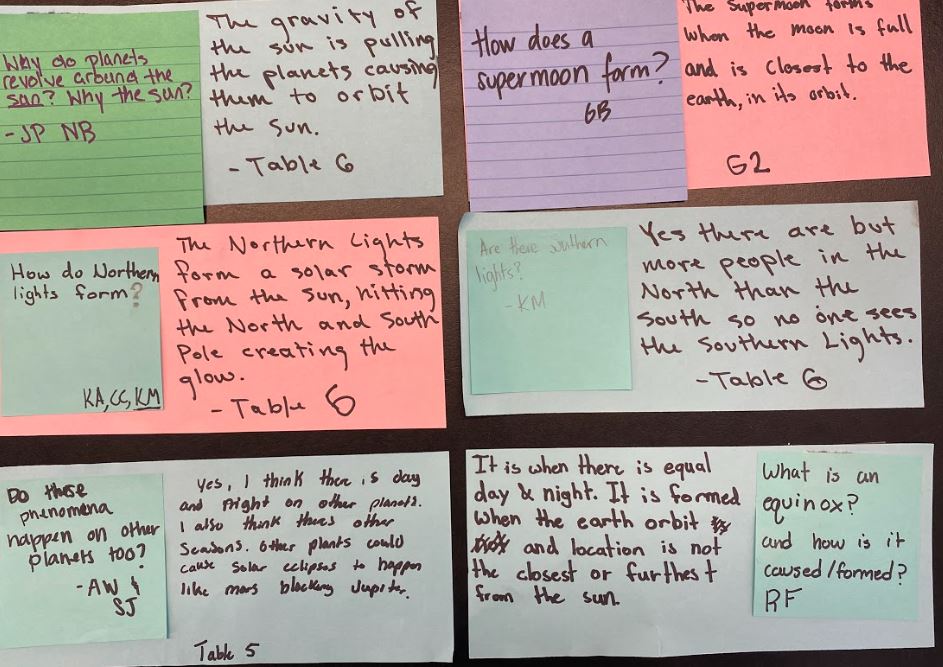
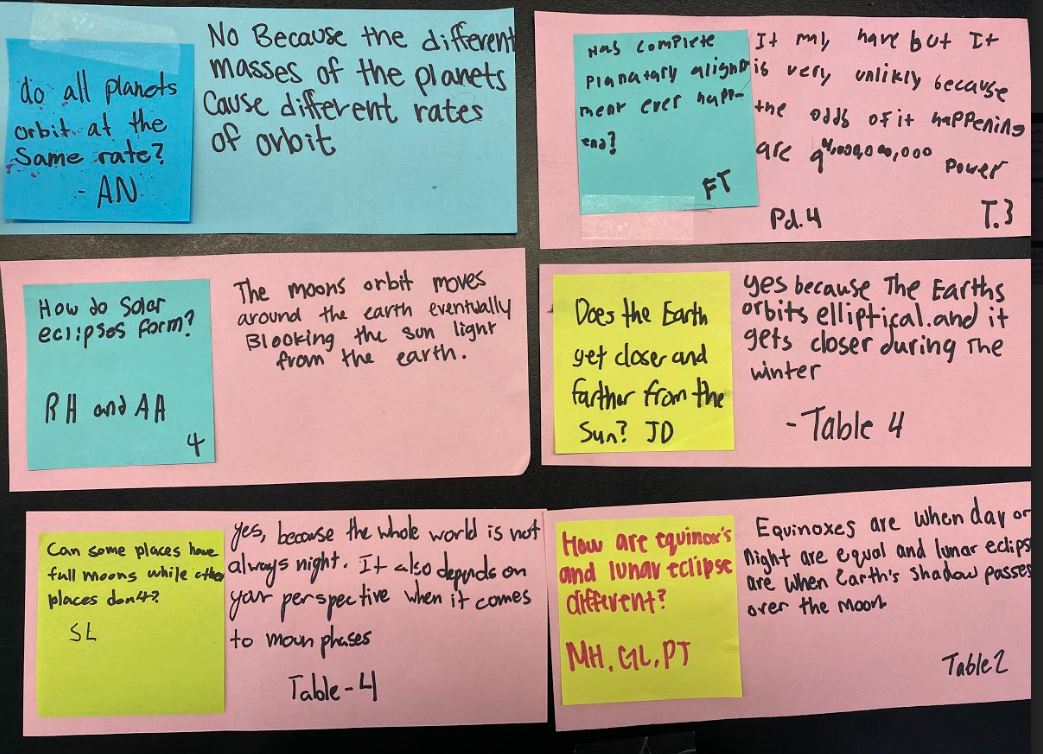
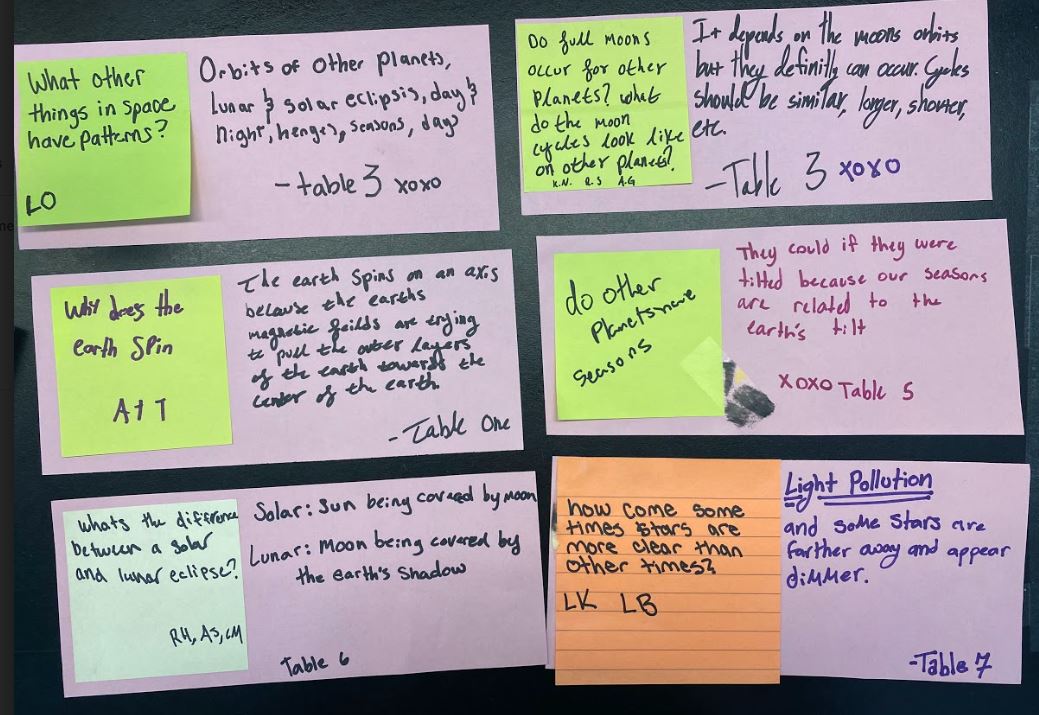
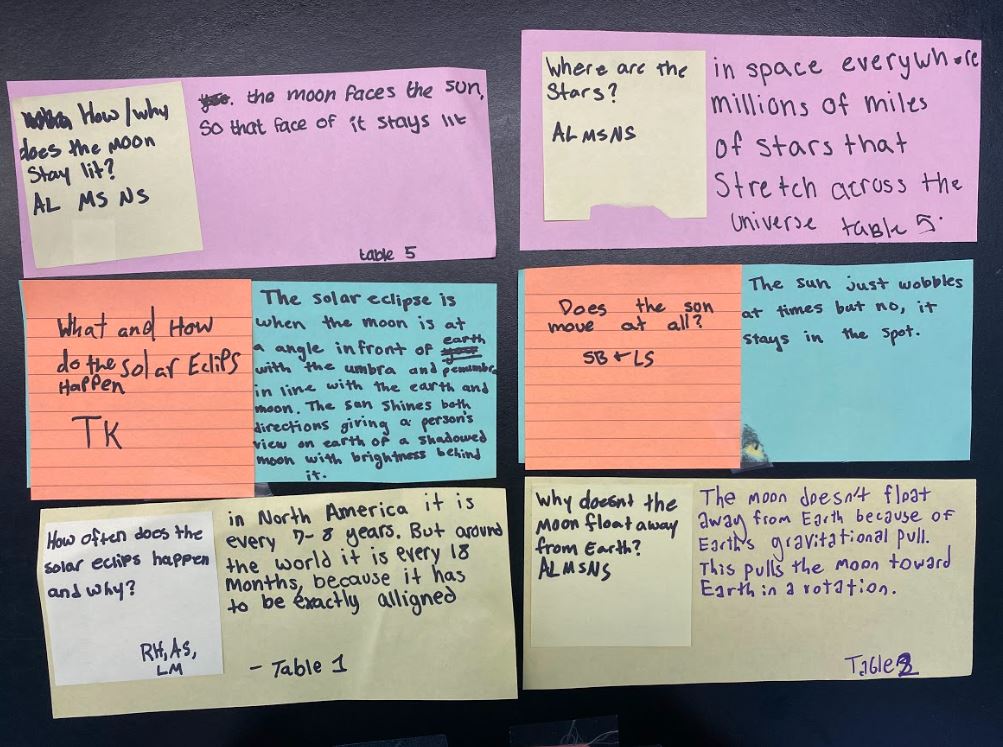
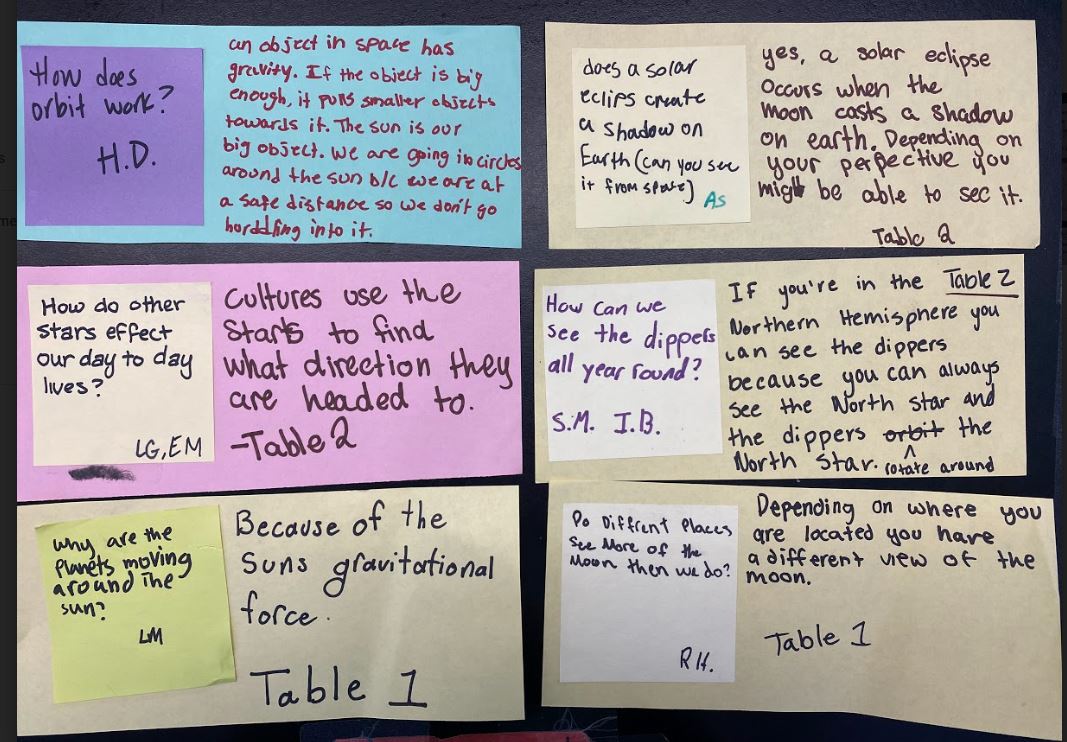
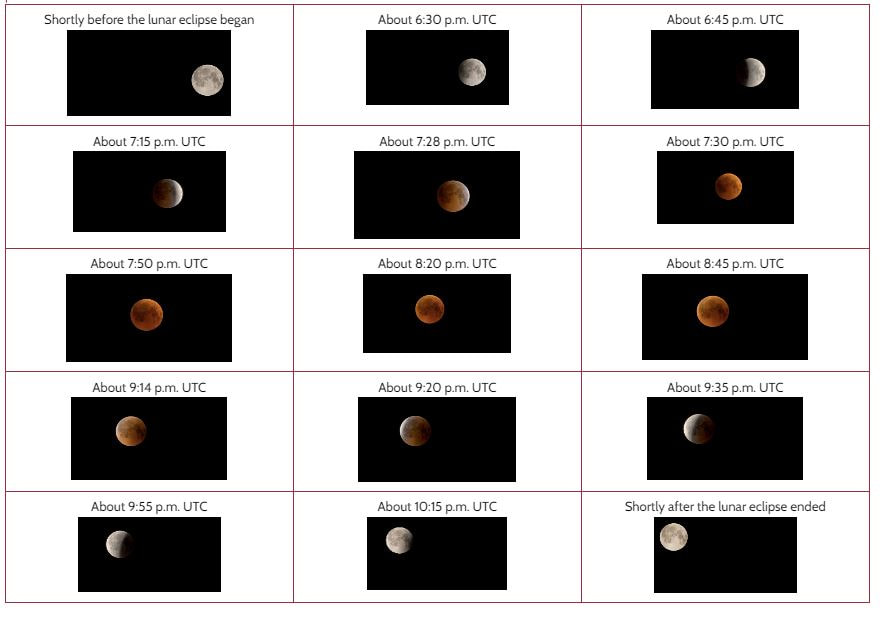
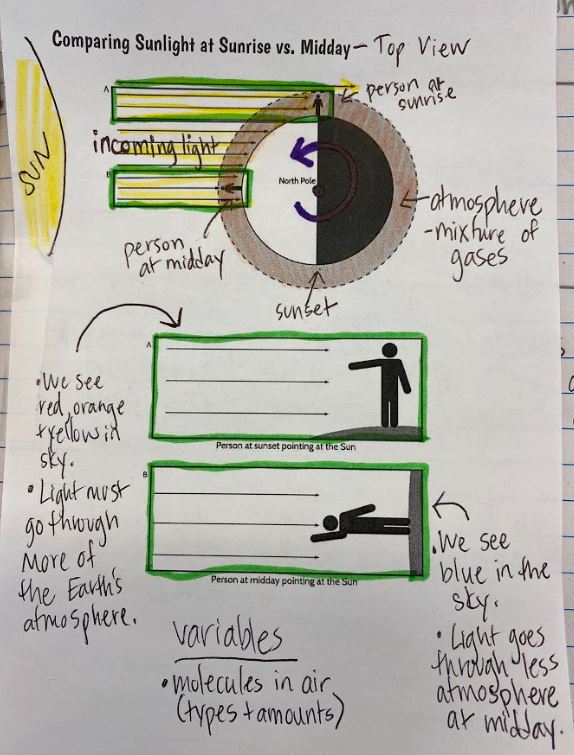

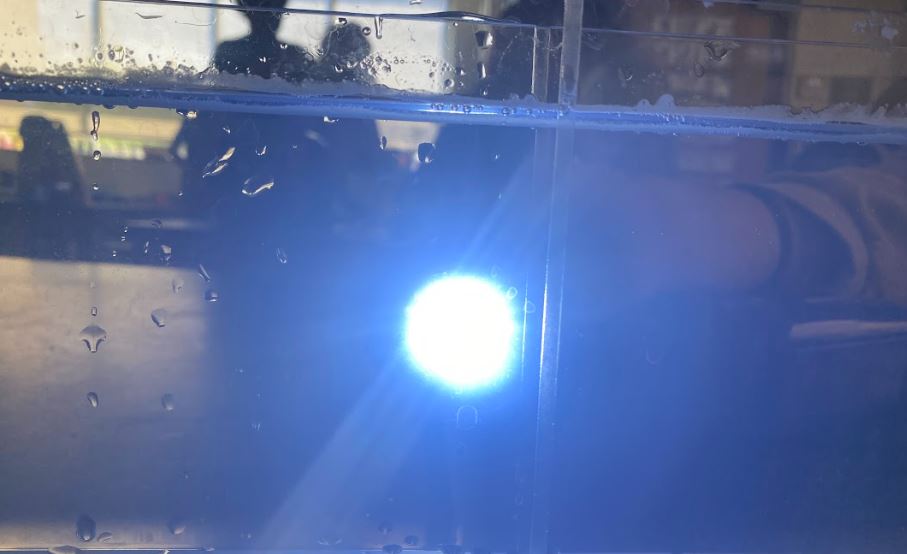
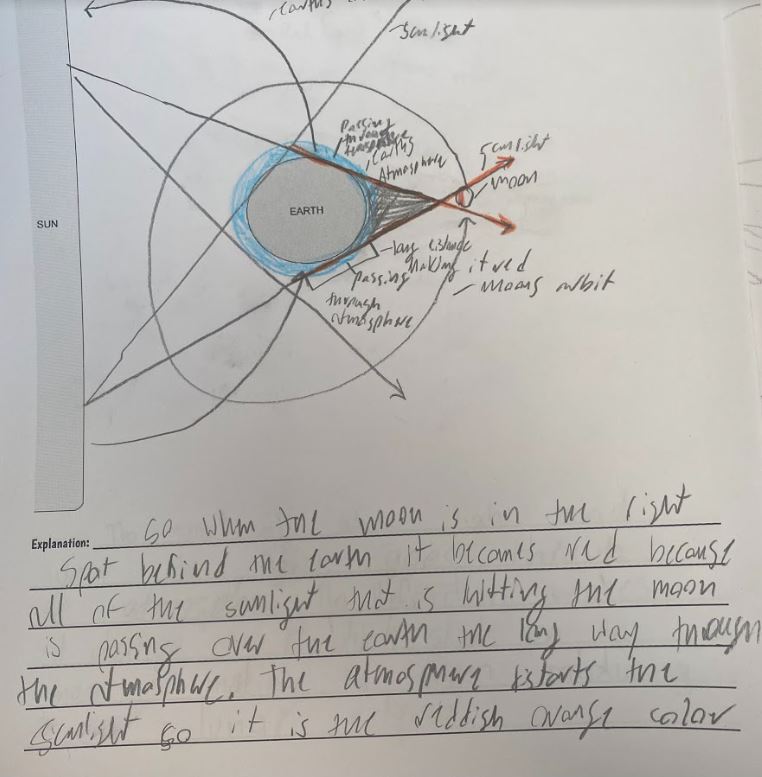
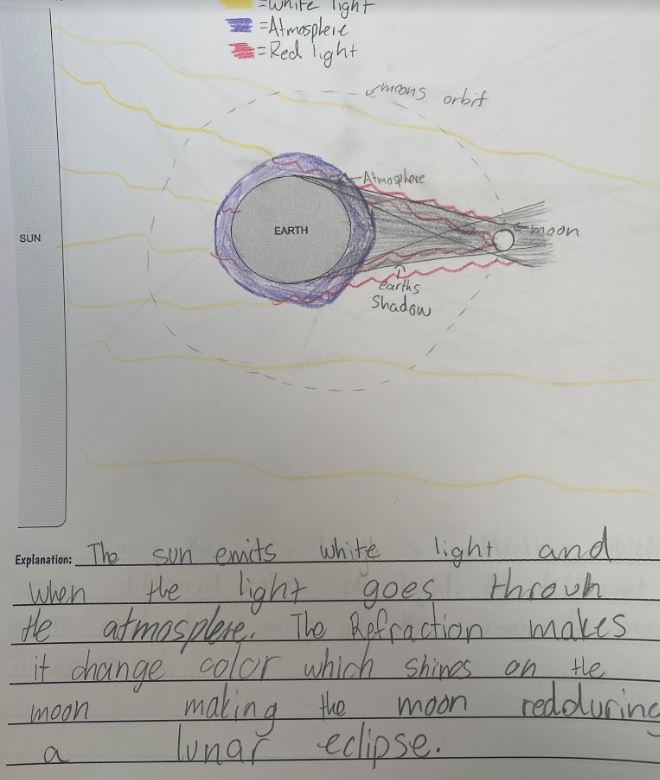
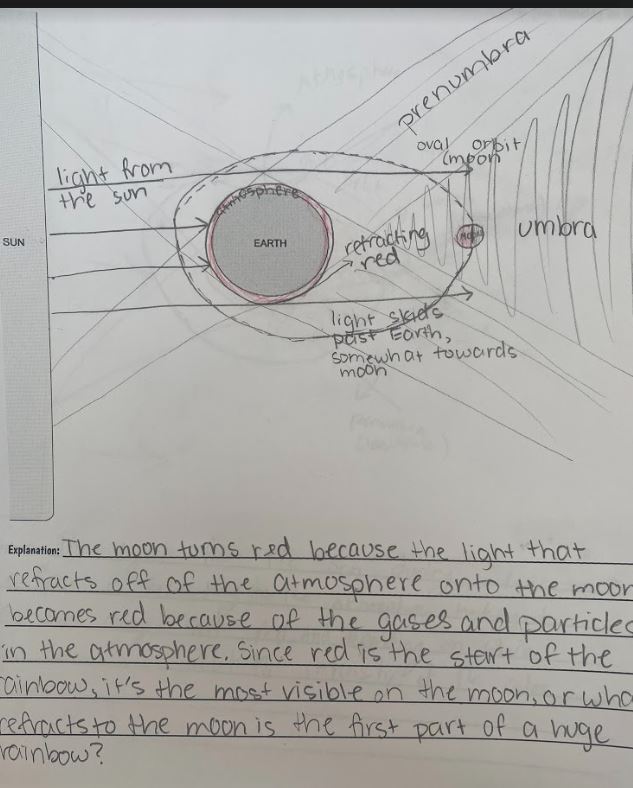
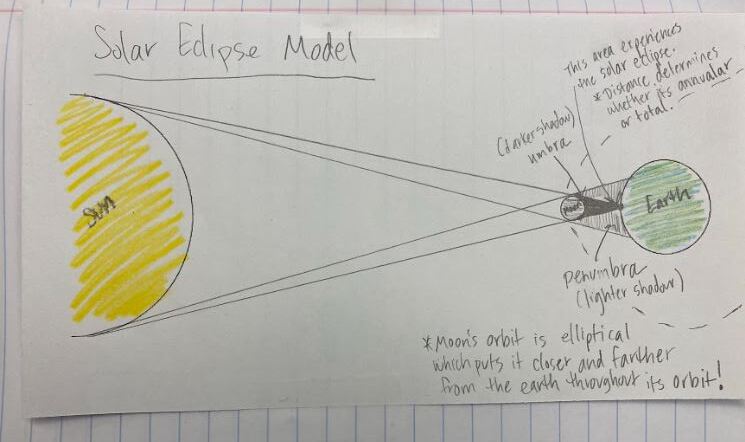
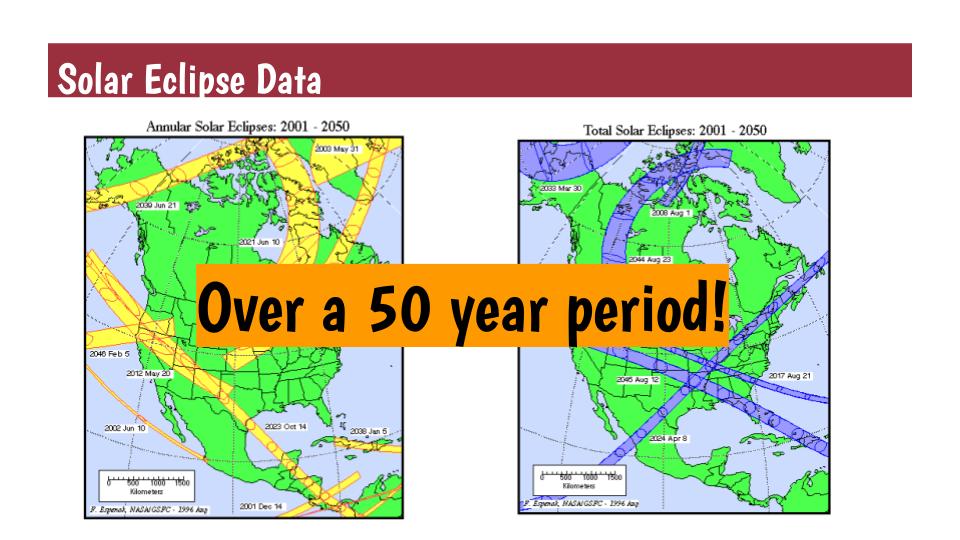
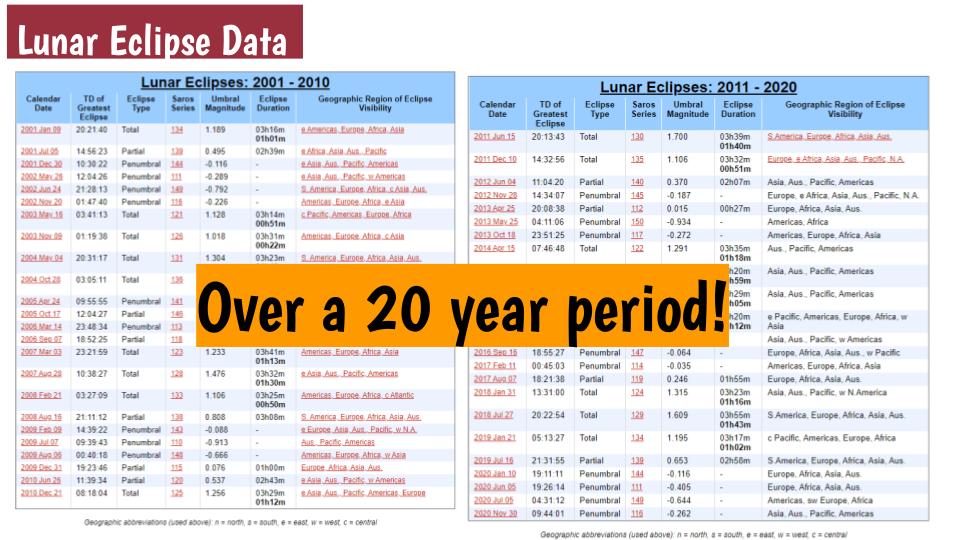
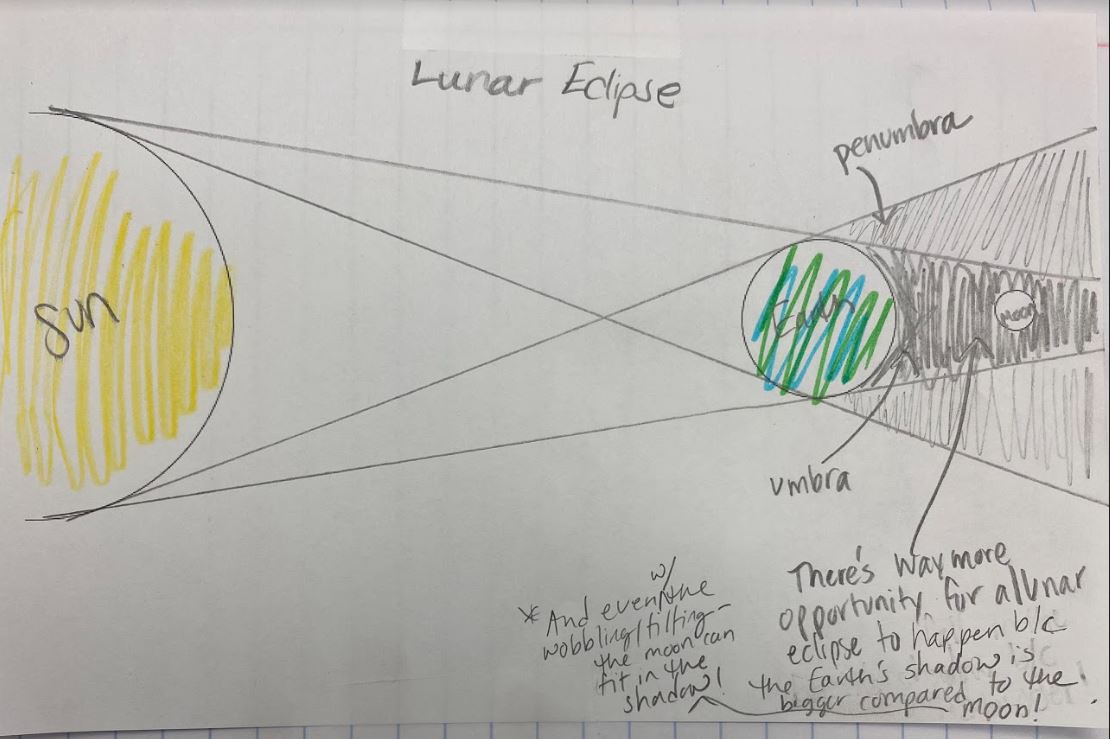
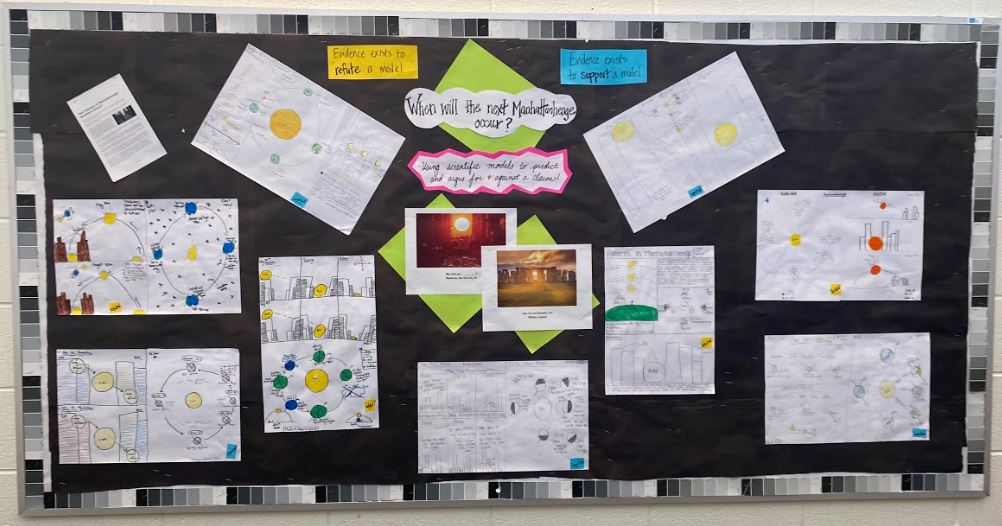
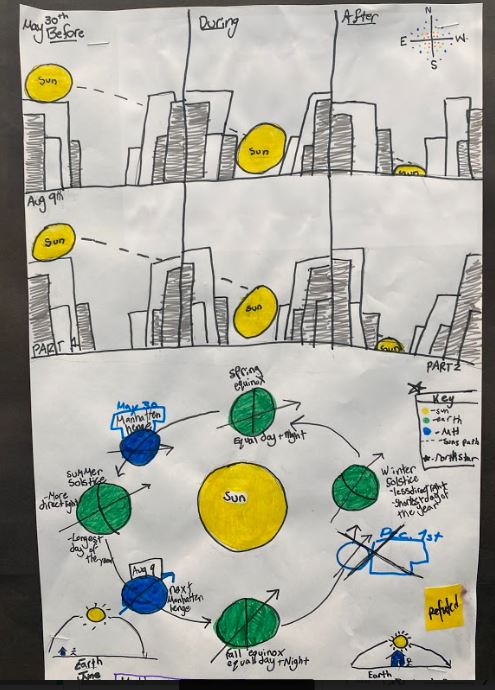
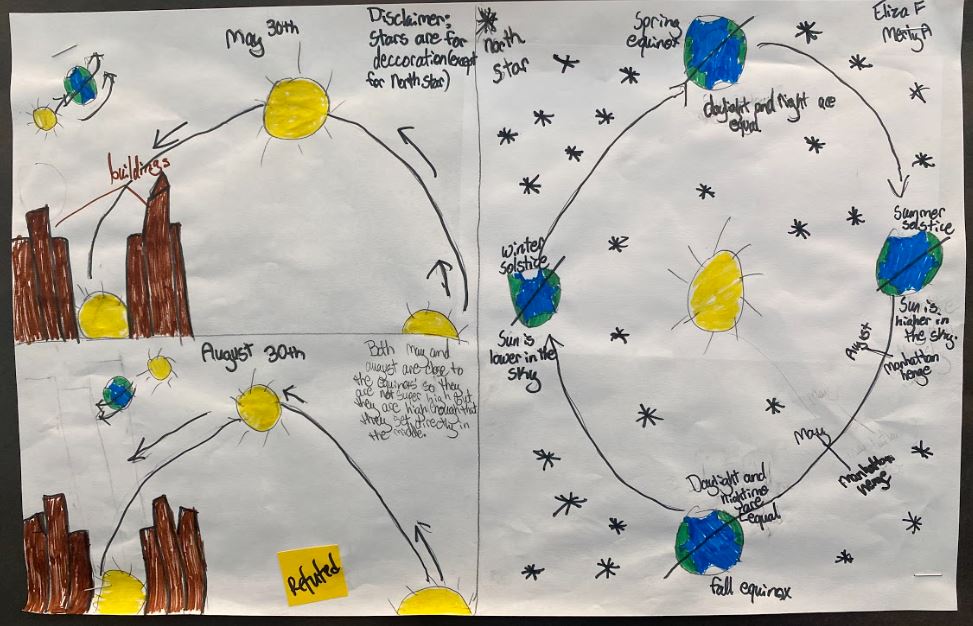
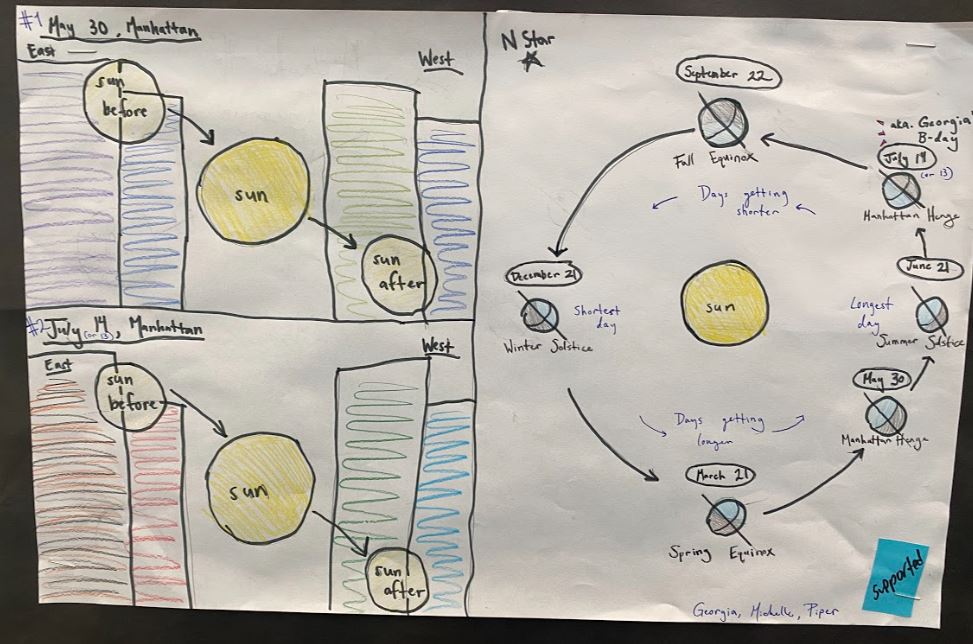
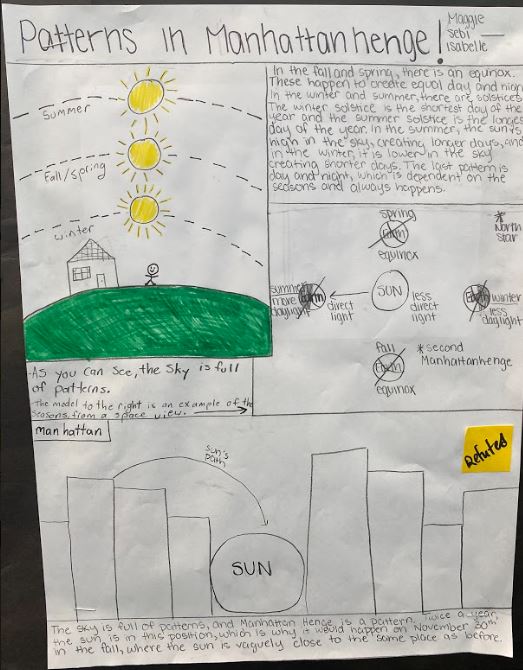
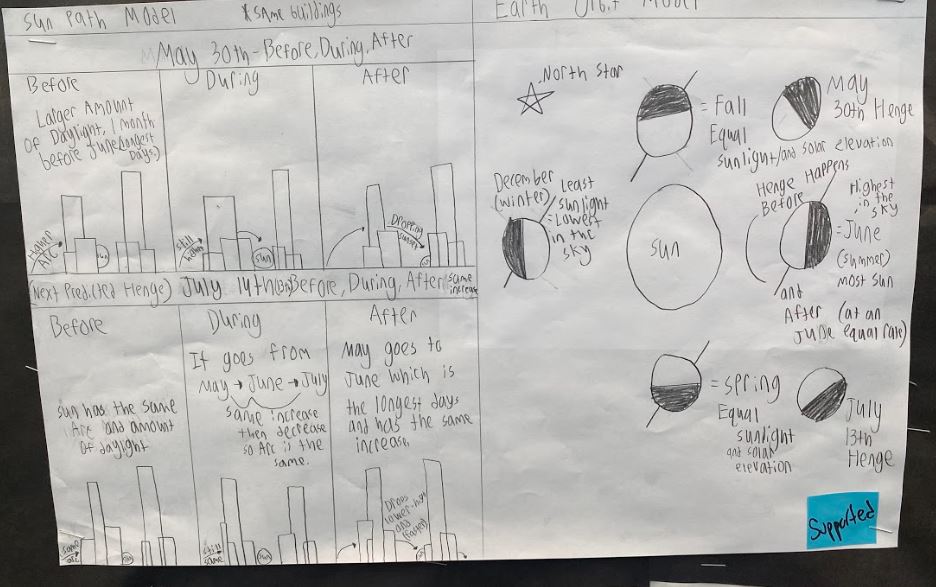

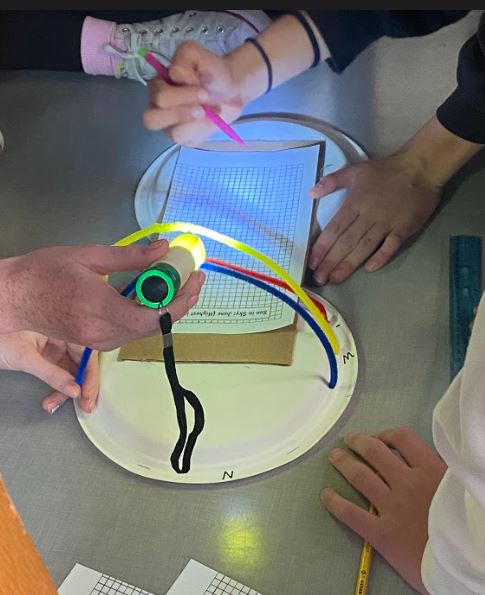
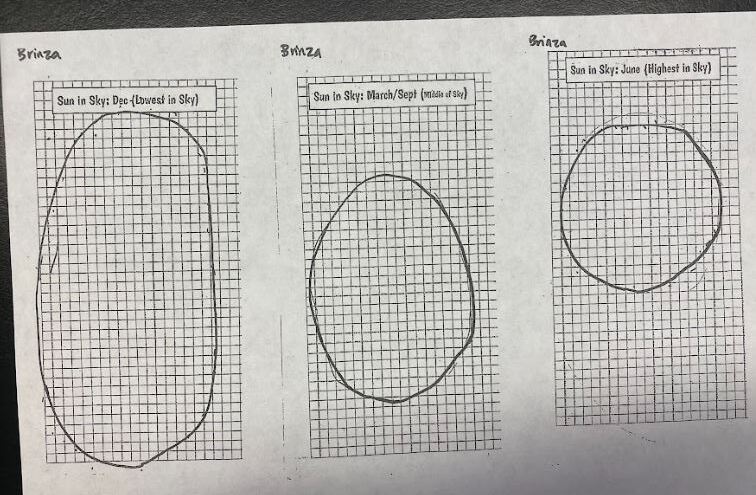
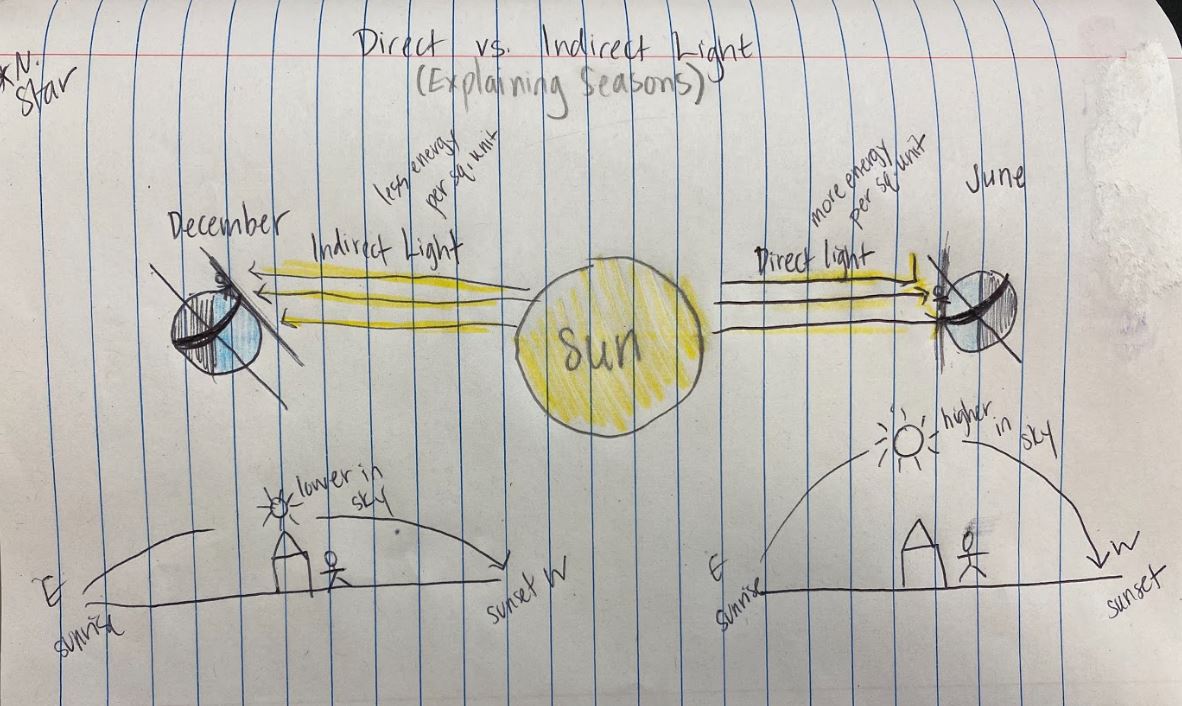
 RSS Feed
RSS Feed